The sprawling port city of Kaohsiung seldom wins plaudits for its beauty or architectural history. That said, like any other metropolis of its size, it does have a number of strange or striking buildings. This article describes a few such curiosities, all but one of which I stumbled across by accident.
BOMBPROOF HANGARS
Just north of Kaohsiung International Airport, hidden among houses and small apartment buildings that look as though they were built between 15 and 30 years ago, are two mysterious bunker-like structures that date from the airport’s establishment as a Japanese base during World War II.
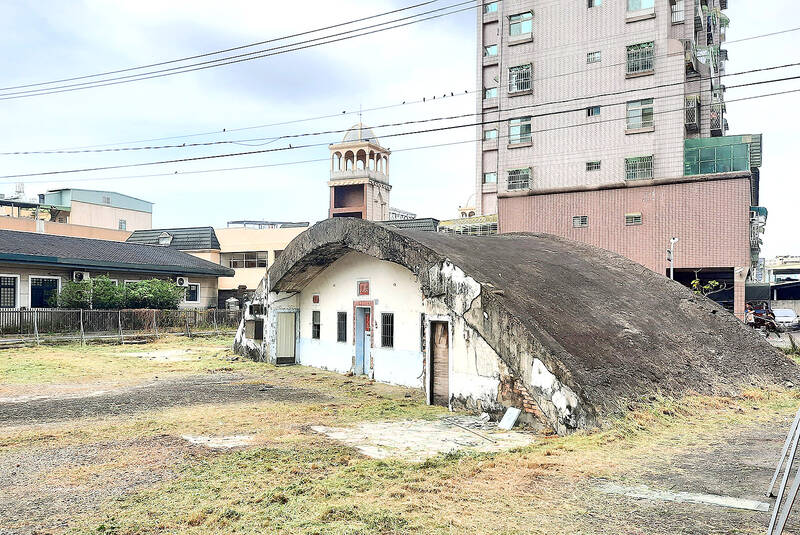
Photo: Steven Crook
Each is just about big enough for a single-propeller small aircraft, and has a curved reinforced-concrete roof at least 70cm thick. Both are currently unoccupied, but they were obviously used as dwellings or storage spaces at some point in the past. The open sides were bricked up, and at least one of the hangars was equipped with air-conditioning. (As many Taiwan residents know, concrete is excellent at soaking up far more of the sun’s heat than you want.)
According to an entry on the Ministry of Culture’s Taiwan Cultural Memory Bank Web site (tcmb.culture.tw), a few more bombproof hangers can be found in the neighborhood immediately south of the airport. The page provides few other details, although it does confirm that people lived in the hangars after 1945 and appreciated their sturdiness.
One of the ex-hangars I came across is best seen from the intersection of Gueicheng Street (桂誠街) and Gueijhong Street (桂忠街). Fencing around the plot — sizable enough that it’s surely drawn the attraction of real-estate developers — stops people from getting close to the bunker.
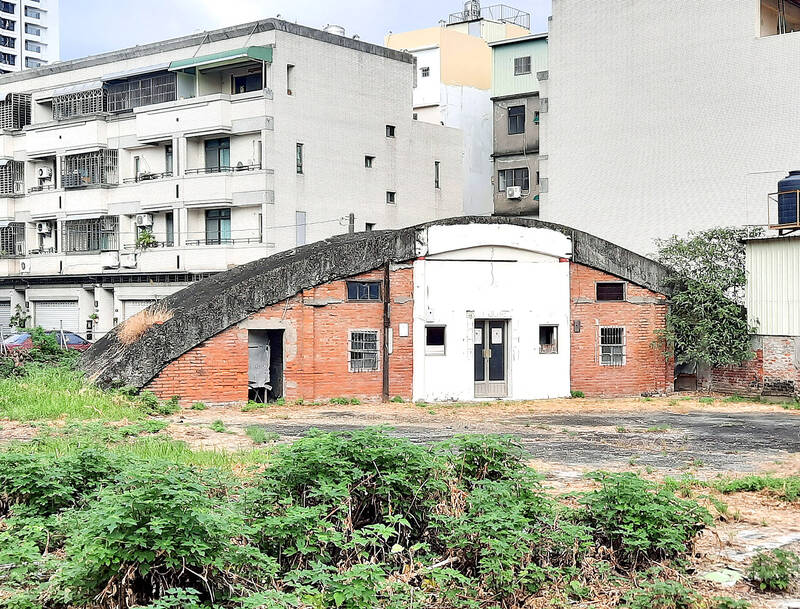
Photo: Steven Crook
The other is slightly less than 200m to the south, where Gueitian Street (桂田街) meets Gueilin Lane (桂林巷). It’s slightly more accessible, if you don’t mind long grass and mud.
Similar hangars can be found in Yilan City and neighboring Yuanshan Township (員山). The Yilan County Government has decided to preserve and promote 14 so-called “kamikaze bunkers,” tying these architectural anomalies to the estimated 250 kamikaze missions that took off from Yilan’s long-gone runway and other Taiwanese airfields during the Battle of Okinawa in 1945.
A MERCHANT’S MANSION
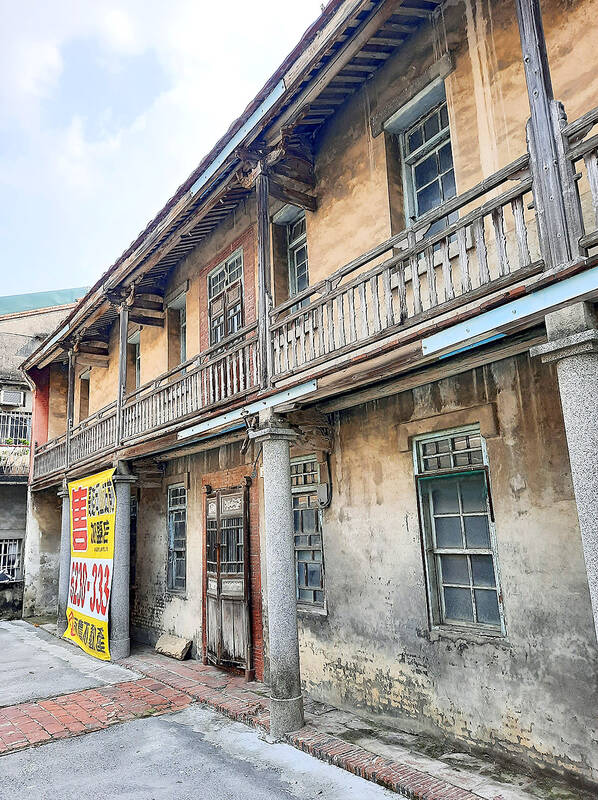
Photo: Steven Crook
Riding home through Lujhu District (路竹區), I noticed an antiquated residence that’s somewhat lower than the surrounding houses, yet far wider and clearly much older.
Taking in the facade of 316 Dashe Road (大社路), I noticed that the first-floor columns are round and concrete, while those on the second floor — which has a narrow verandah — are square and wooden. Just beneath the overhang, there are colorful decorative tiles of the kind preserved in Chiayi’s Museum of Old Taiwan Tiles (台灣花磚博物館). Over the years, the plaster covering the brick walls has taken on a goose yellow hue.
At the time of my visit, the building bore a “for sale” sign. Curious as to the price, I called the number listed on the sale notice. The realtor refused to give me a ballpark figure, saying I should make an appointment to view the building inside and out, then begin negotiations if I liked the place.
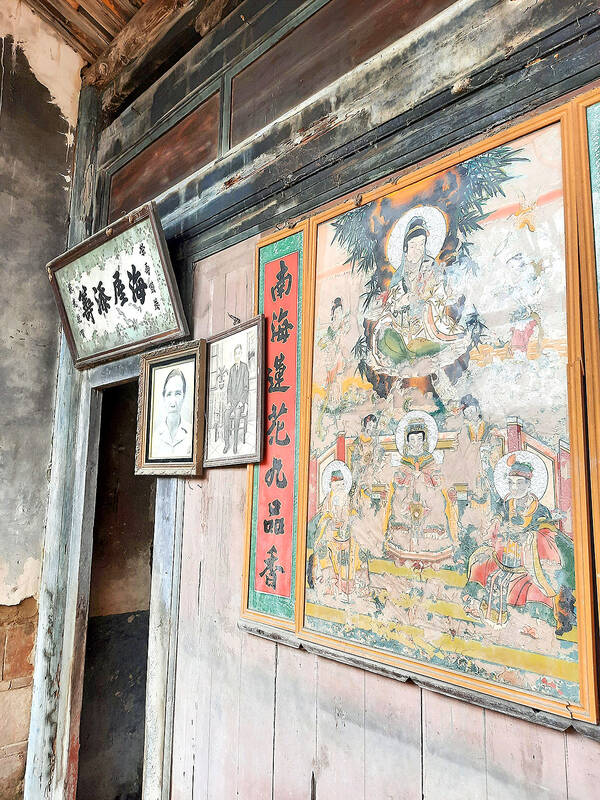
Photo: Steven Crook
As there’s no way I can afford the property, I decided not to waste his time. Even if it doesn’t include the collapsing south-facing sanheyuan (三合院), traditional three-sided building, behind the Western-style mansion, I wouldn’t be surprised if the owners are expecting well over NT$20 million. If it were in a touristy area, say Tainan’s West Central (中西) or Anping (安平) districts, entrepreneurs would be falling over themselves to convert the building into a characterful homestay or fine-dining restaurant.
The main residence, known to locals as the Su Family Old Residence (蘇家古樓), was completed circa 1920 and used mainly by Su Chao-sui (蘇朝燧). Further proving that his family was well heeled, Su traveled all the way to Taipei to complete his education.
If you come here, do walk down Lane 338 of Dashe Road to get glimpses of both the back of the Western-style abode and what remains of the even older dwellings next to it.
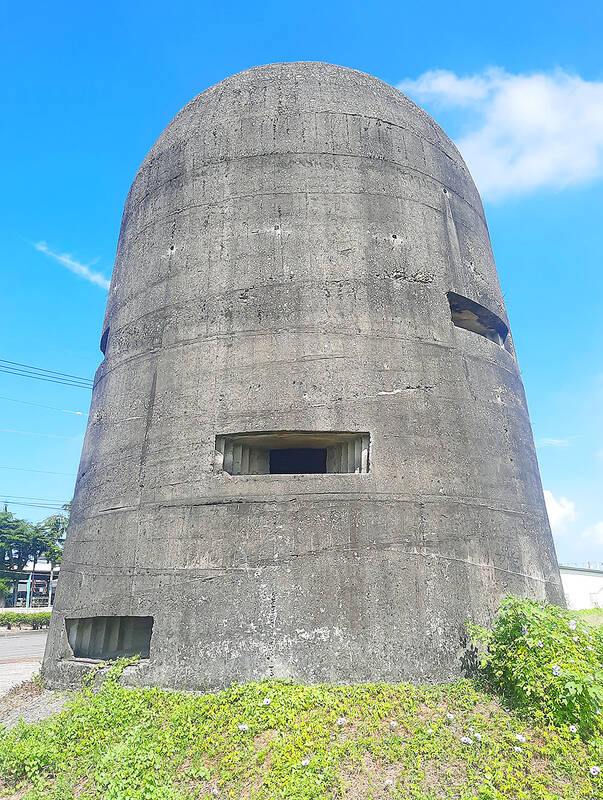
Photo: Steven Crook
INDESTRUCTIBLE YET NEGLECTED
Provincial Highway 17 is one of the major roads connecting Kaohsiung with Tainan. On the eastern side of the highway, about 300m south of Agongdian Creek (阿公店溪), there’s a cone-shaped landmark that I read about on social media.
Constructed by the Japanese military to protect their air base a short distance inland at Gangshan (岡山) — now the site of Taiwan’s air force academy — this gray strongpoint stands about six meters tall. Some sources refer to it as Mituo Japanese Air Defense Tower (彌陀日本軍防空塔), while others call it Mituo Yancheng Anti-aircraft Gun Emplacement (彌陀鹽埕高射機槍砲塔).
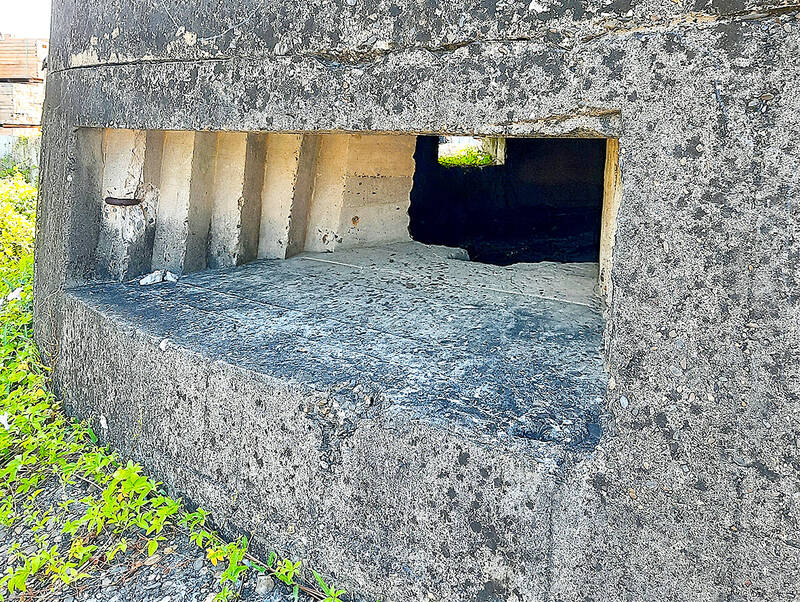
Photo: Steven Crook
According to a blogger who got inside the structure, the concrete walls are about 80cm thick. The nine embrasures on the sides of the tower would have enabled those inside to shoot at land-based attackers approaching from any direction. It’s not visible from street level, but the cone isn’t closed at the very top, so whatever weapon was installed there could fire at enemy aircraft as they flew overhead.
Close to the emplacement there’s a grave for a person surnamed Chen (陳), but who now owns the structure and the land it stands on is something of a mystery. Nothing at the site links it with the Ministry of National Defense or another government entity. There’s no information board or sign, not even a warning that the underground entrance (on the southeastern side of the tower) is semi-hidden amid the foliage and dangerously steep. When I visited, it appeared to be filled with mud and water, so I didn’t attempt to get inside the bunker.
Since 1945, there have been persistent rumors that the surrendering Japanese buried gold at various locations in Taiwan rather than surrender it to the incoming Chinese Nationalist (KMT) administration. This scuttlebutt inspired some people to dig up the ground around the fortification in Mituo. If they found anything valuable, they and their descendants managed to keep it a secret. And at least they didn’t seem to damage this relic in the process.
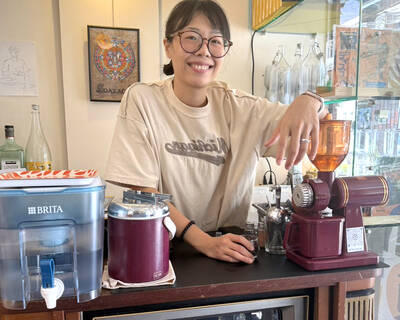
Cheng Ching-hsiang (鄭青祥) turned a small triangle of concrete jammed between two old shops into a cool little bar called 9dimension. In front of the shop, a steampunk-like structure was welded by himself to serve as a booth where he prepares cocktails. “Yancheng used to be just old people,” he says, “but now young people are coming and creating the New Yancheng.” Around the corner, Yu Hsiu-jao (饒毓琇), opened Tiny Cafe. True to its name, it is the size of a cupboard and serves cold-brewed coffee. “Small shops are so special and have personality,” she says, “people come to Yancheng to find such treasures.” She
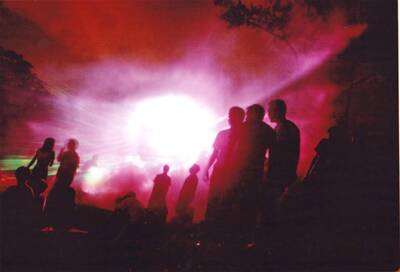
In July of 1995, a group of local DJs began posting an event flyer around Taipei. It was cheaply photocopied and nearly all in English, with a hand-drawn map on the back and, on the front, a big red hand print alongside one prominent line of text, “Finally… THE PARTY.” The map led to a remote floodplain in Taipei County (now New Taipei City) just across the Tamsui River from Taipei. The organizers got permission from no one. They just drove up in a blue Taiwanese pickup truck, set up a generator, two speakers, two turntables and a mixer. They
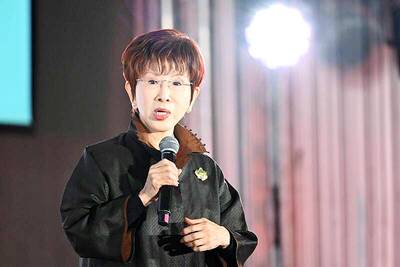
Former Chinese Nationalist Party (KMT) chairwoman Hung Hsiu-chu’s (洪秀柱) attendance at the Chinese Communist Party’s (CPP) “Chinese People’s War of Resistance Against Japanese Aggression and the World Anti-Fascist War” parade in Beijing is infuriating, embarrassing and insulting to nearly everyone in Taiwan, and Taiwan’s friends and allies. She is also ripping off bandages and pouring salt into old wounds. In the process she managed to tie both the KMT and the Democratic Progressive Party (DPP) into uncomfortable knots. The KMT continues to honor their heroic fighters, who defended China against the invading Japanese Empire, which inflicted unimaginable horrors on the
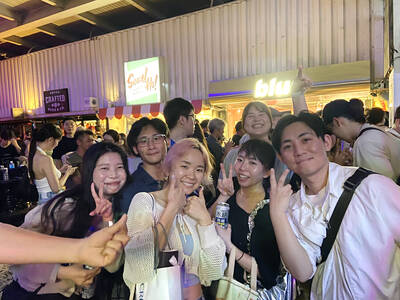
Hannah Liao (廖宸萱) recalls the harassment she experienced on dating apps, an experience that left her frightened and disgusted. “I’ve tried some voice-based dating apps,” the 30-year-old says. “Right away, some guys would say things like, ‘Wanna talk dirty?’ or ‘Wanna suck my d**k?’” she says. Liao’s story is not unique. Ministry of Health and Welfare statistics show a more than 50 percent rise in sexual assault cases related to online encounters over the past five years. In 2023 alone, women comprised 7,698 of the 9,413 reported victims. Faced with a dating landscape that can feel more predatory than promising, many in